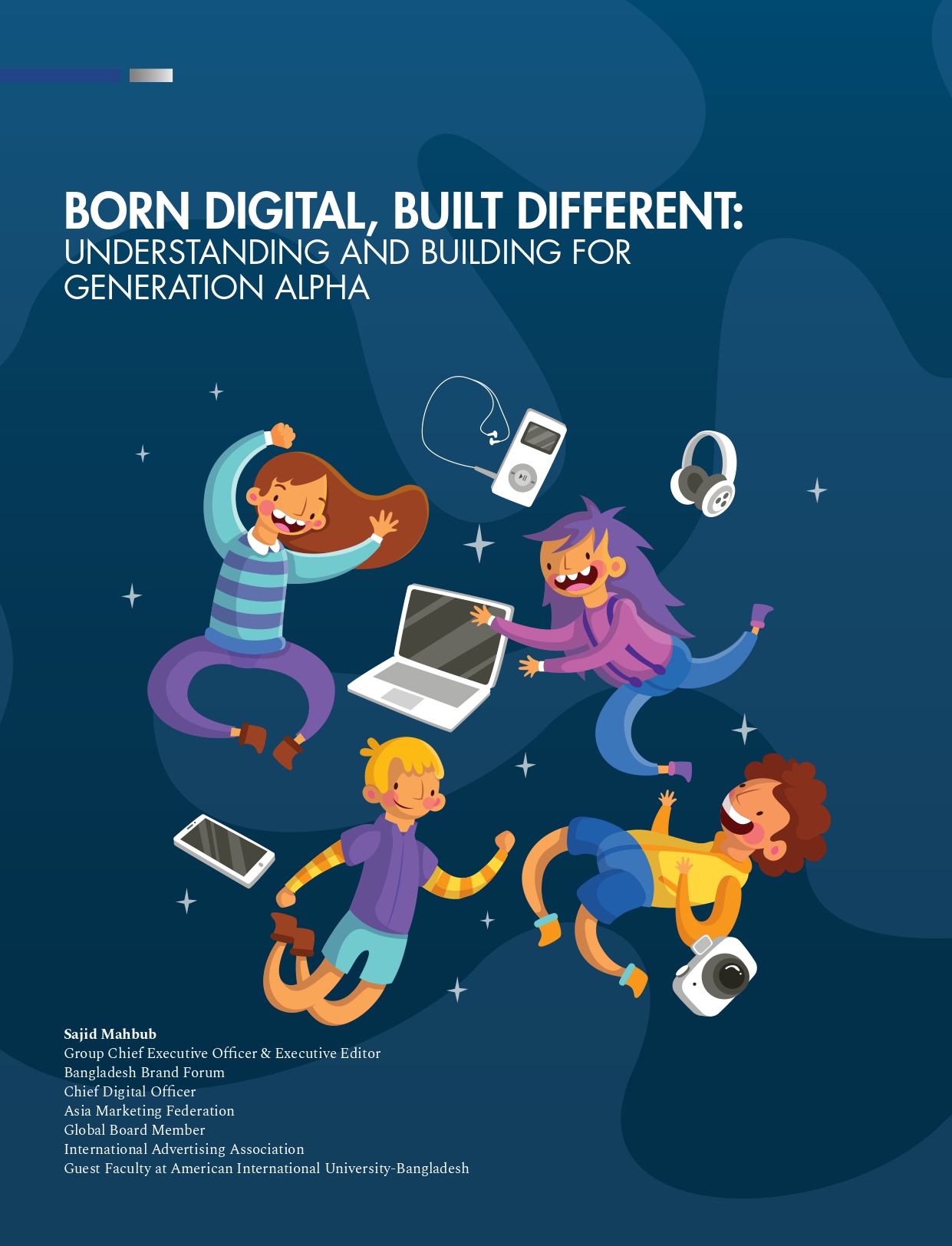The fashion retail industry in Indonesia has grown rapidly in recent years. It is proven by the many international and local brands that have sprung up in Indonesia, both clothing brands, shoes, or other accessories (Andrea, 2019). This was also followed by the emergence of many young Indonesian fashion designers who helped enliven the homeland fashion world, from Tex Saverio, Danjyo Hiyoji to Jeffry Tan. This condition can occur because the potential of the Indonesian market is very promising. Indonesia is an ASEAN country with the highest Gross Domestic Product (GDP) of 1,022 billion dollars with a population of 267 million people in 2018 (World Bank, 2019). In addition, Indonesian people in big cities generally have followed the latest fashion developments.
Indonesia’s economic growth in the last five years (2014-2019) showed encouraging results with annual growth of above 5 percent (BPS, 2020). However, due to the Covid-19 pandemic that began to be felt in Indonesia in March 2020, Indonesia’s economic growth in 2020 experienced a growth contraction of 2.07 percent (c-to-c) compared to 2019 (BPS, 2021). Finance Minister Sri Mulyani Indrawati projects that by 2022 the Indonesian economy will improve and can achieve growth in the range of 5.2 to 5.8 percent. This assumption considers various global and national economic dynamics, risks of uncertainty, and economic recovery next year provided that the Covid-19 pandemic can continue to be controlled, the banking intermediation function can recover, and is supported by Bank Indonesia monetary policy and conducive OJK financial sector policies (Kemenkeu, 2021).
Governor of Bank Indonesia (BI) Perry Warjiyo is optimistic that Indonesia’s economic growth will grow 5% in 2021 and lead to 6% in the next five years. It is said that the strong synergy between the government’s fiscal policy, the accommodative monetary policy of the central bank and the role of the Financial Services Authority in promoting recovery, and economic growth will be another important factor (Avisena, 2020).
The emergence of the Covid-19 pandemic in March 2020 in Indonesia made all companies change the strategies and plans that had been made previously. Despite the current pandemic conditions, the growth of sales of men’s leather shoes in Indonesia still shows interesting data for the next few years. The growth of the leather shoe market in Indonesia is determined by the Compound Annual Growth Rate (CAGR) which is still increasing at 3.62 percent (Statista, 2020).The current market conditions are very different compared before the pandemic occurred. Starting from market tastes, purchasing power, behavior, needs, to how to shop consumers. One local (Indonesia) shoe brand, namely GM, is facing challenges during the Covid-19 pandemic, especially related to offline sales. Since 2020, many GM outlets have been forced to close. This business phenomenon resulted in a very significant decline in sales, plus with very tight competition in shoes industry. To increase the sales of GM brand shoes, various efforts are made to make consumers purchase or at least have purchase intentions on GM brand shoes. Among all efforts is by renovating the offline store starting in 2019 by using the latest and modern store image with the aim of making the appearance of the store more attractive to consumers. Therefore, this research is conducted to find out if the renovation of the outlets carried out in 2019 would be a factor in increasing consumer buying intention. Making limited edition shoes is also a marketing program to increase consumer buying intention. By looking at the gap in the phenomena that occurred during the pandemic, this research was carried out. This is also a preparation for doing business offline after the pandemic ends. This research gap will deal with product characteristics of limited-edition shoes due to the topic is very rare to be researched. At the end, there will be expectation that the new store image and product characteristics of limited-edition shoes could increase the customers’ perceived value of product GM and increase willingness and intention to buy it.



